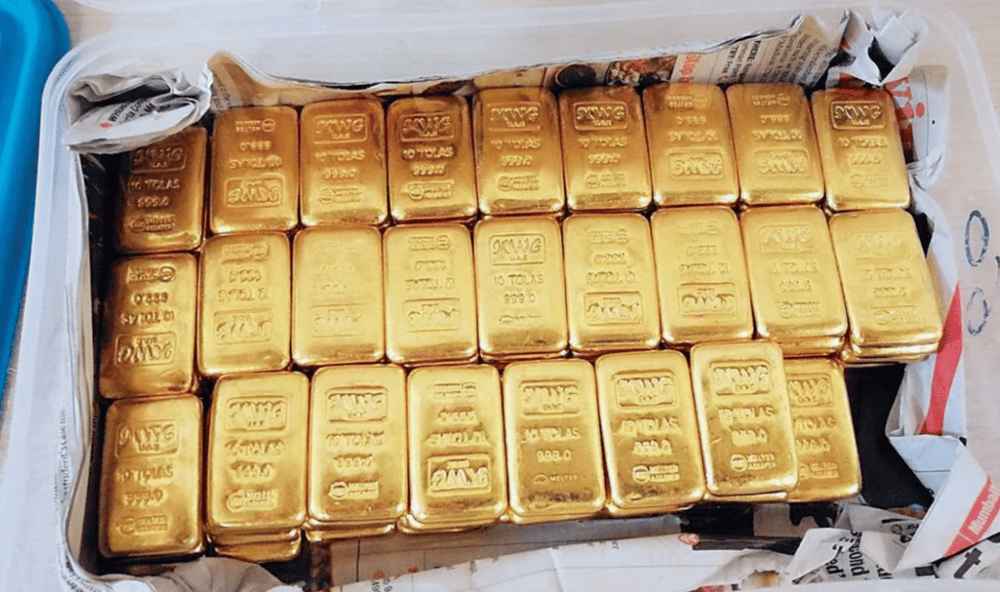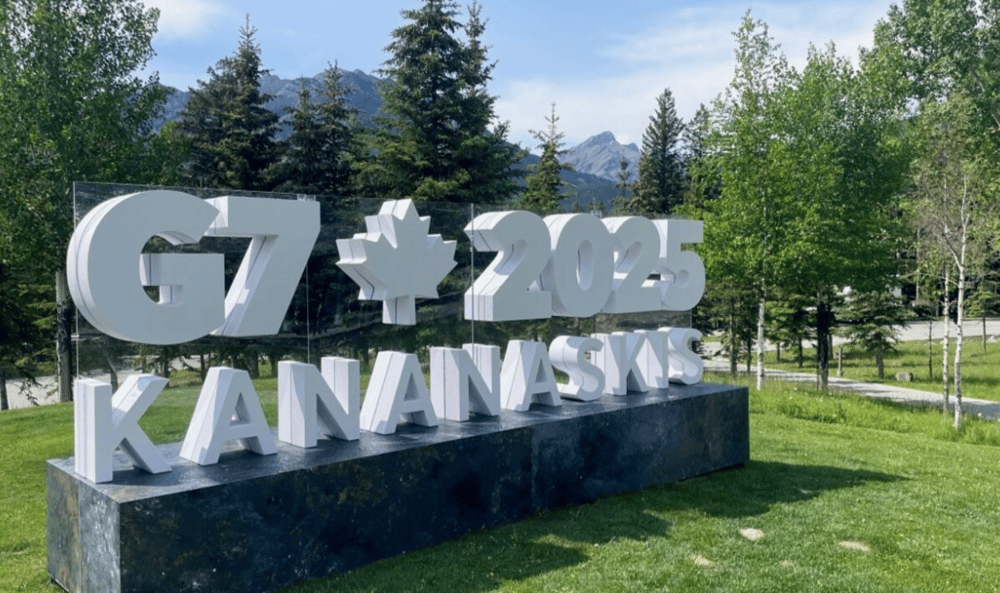Gold prices slipped on Monday as global investors grappled with mounting geopolitical tensions between Israel and Iran, alongside heightened anticipation for this week’s Group of Seven (G7) leaders’ summit and the impending Federal Reserve policy announcement. Despite recent volatility, gold’s role as a safe-haven asset remains prominent as markets balance concerns over conflict and central bank interest rate decisions.
Impact of Middle East Conflict and Central Bank Policy Uncertainty
Spot gold dropped by 0.5% to $3,415.36 per ounce as of 0854 GMT, retreating from earlier gains that reached the highest levels since April 22. Concurrently, U.S. gold futures decreased by 0.5% to $3,434.50. The price movement reflects investor recalibration amid evolving geopolitical risks and expectations surrounding monetary policy shifts.
The ongoing Israel-Iran tensions contribute to heightened risk premiums in precious metals, traditionally viewed as hedges against geopolitical instability and inflation. However, the potential easing or continuation of Federal Reserve interest rate cuts also exerts significant influence on gold’s appeal. Lower rates typically reduce the opportunity cost of holding non-yielding assets like gold, providing price support.
Giovanni Staunovo, an analyst at UBS, noted, “Geopolitical tensions are not disappearing near term, as well rates are likely to be cut further by the central bank, so that should provide a floor to gold.” This perspective underscores gold’s dual sensitivity to both macroeconomic policies and geopolitical developments.
Gold Price Movements and Market Drivers
📉 Spot gold price fell 0.5% to $3,415.36 per ounce (as of 0854 GMT).
📈 Earlier session hit highest levels since April 22 before the decline.
💰 U.S. gold futures also dropped 0.5% to $3,434.50.
🌍 Escalating Israel-Iran conflict fuels safe-haven demand.
🏦 Federal Reserve’s upcoming policy decision and anticipated rate cuts add market uncertainty.
Balancing Geopolitical Risk and Monetary Policy
Markets remain cautious as the G7 summit convenes to address global security and economic challenges, including responses to Middle Eastern tensions. Investor sentiment toward gold reflects this cautious stance, oscillating between demand spikes amid conflict and pressure from shifting expectations on interest rates.
Analysts highlight that while short-term geopolitical flare-ups often boost gold prices, prolonged uncertainty over Federal Reserve policy paths plays a pivotal role in shaping gold’s medium-term trajectory. The likelihood of further rate cuts, aimed at sustaining economic growth, typically enhances gold’s attractiveness by lowering real yields.
Additionally, inflation outlooks, currency fluctuations (notably USD strength), and broader commodity market trends interact to influence gold price dynamics. As such, gold remains a barometer of both risk perception and macroeconomic expectations in an increasingly complex global environment.
Gold Market Influences Amid Geopolitical and Monetary Factors
Geopolitical tensions in the Middle East sustain baseline demand for gold as a safe haven.
Federal Reserve’s interest rate decisions expected to underpin gold prices by lowering opportunity costs.
Price volatility reflects balancing of conflict risk premiums against monetary policy signals.
Investor sentiment closely watches G7 summit outcomes for clues on geopolitical resolutions.
USD movements and inflation expectations remain critical to gold’s price direction.
Gold’s Strategic Role Amid Ongoing Geopolitical and Monetary Uncertainty
Gold’s recent price dip amid the Israel-Iran conflict and ahead of key economic policy meetings highlights its enduring function as a safe-haven asset sensitive to both geopolitical shocks and monetary policy changes. While short-term declines may occur, the prospect of further Federal Reserve rate cuts and sustained regional tensions provide fundamental support to gold prices.
For global investors and markets, gold continues to serve as a critical hedge against uncertainty, reflecting the complex interplay of international security risks and economic policy decisions. Monitoring developments in both arenas remains essential for understanding gold’s evolving price dynamics.







A forward-looking deal like this signals a shift in long-term automation strategies across the sector
Even with the dip, gold still shines as the go-to refuge amid escalating global uncertainties.